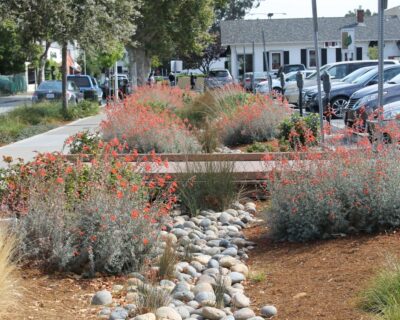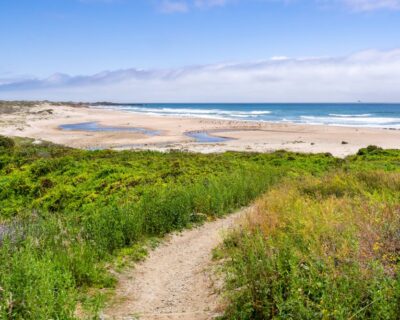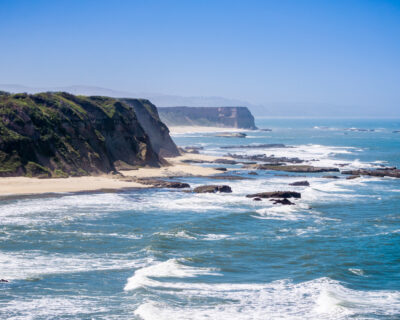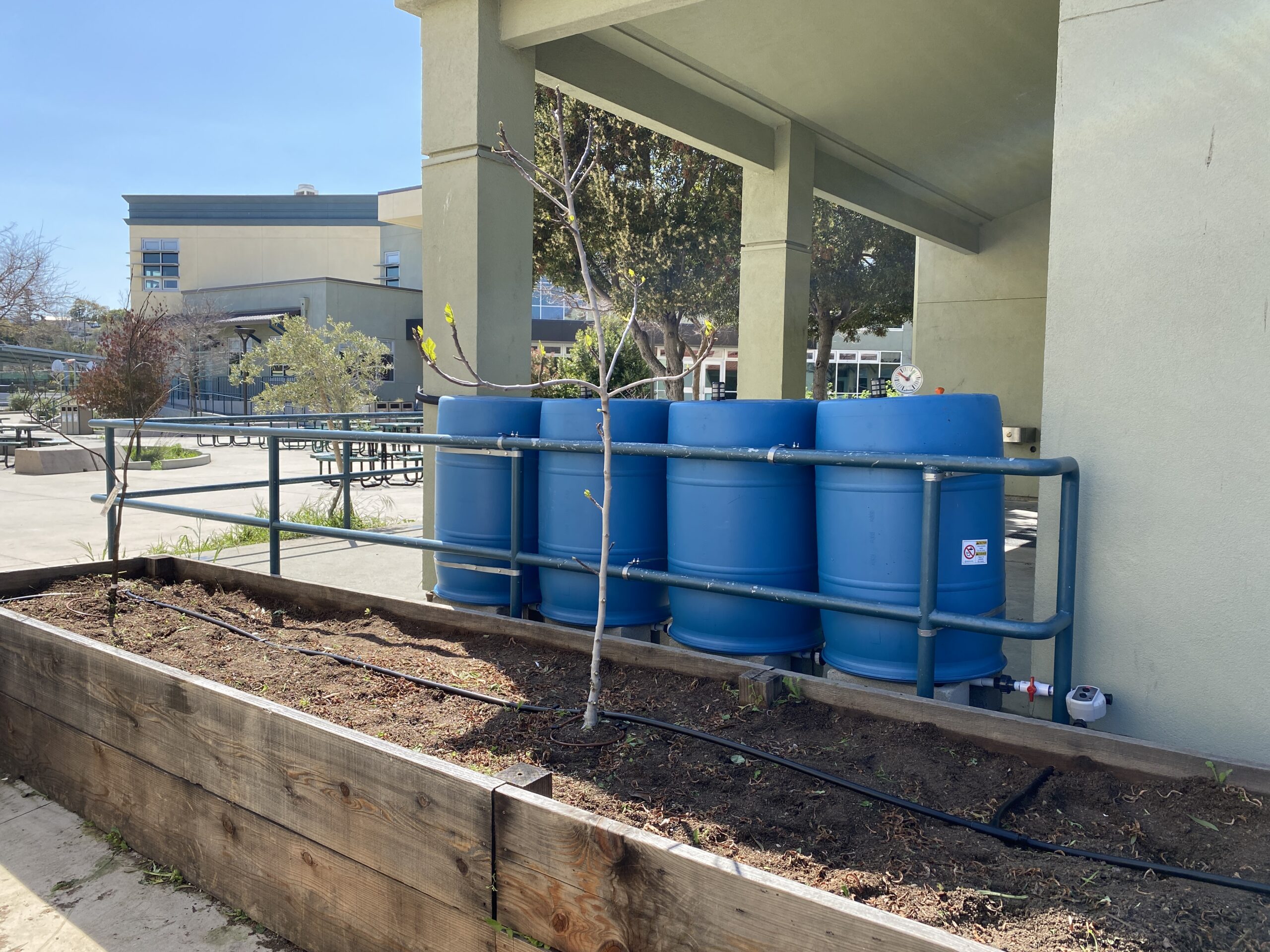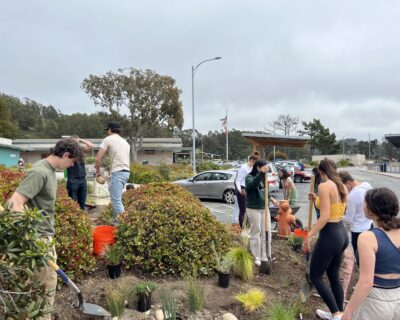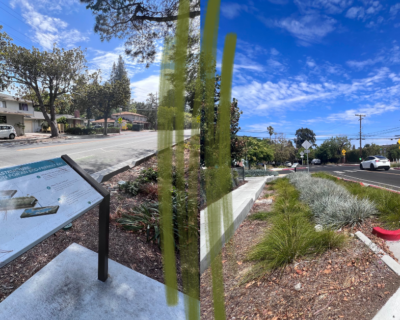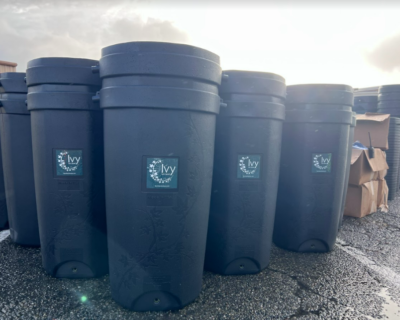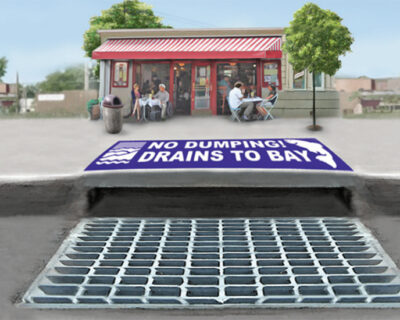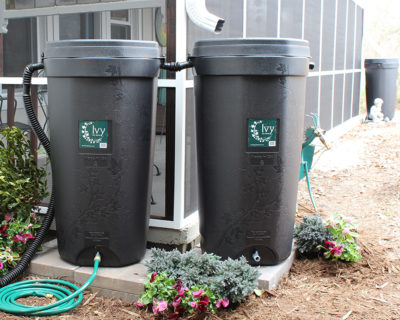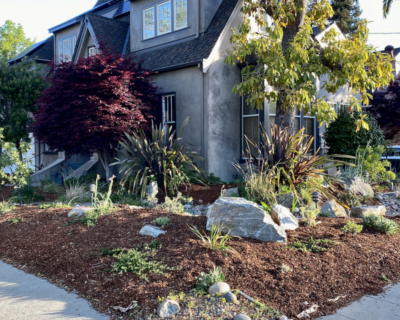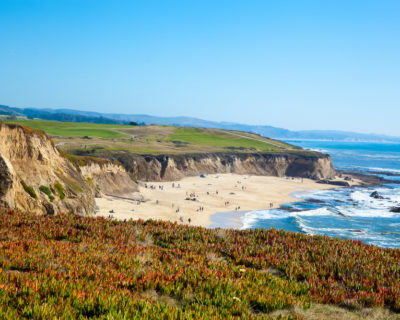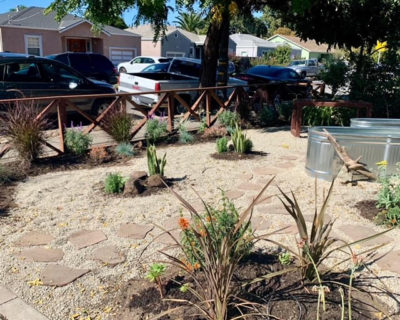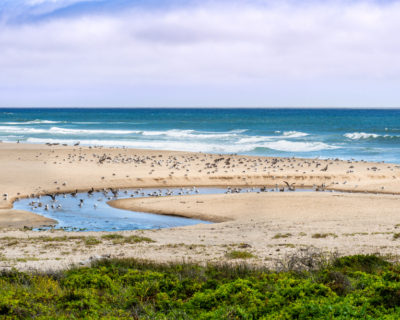Over the past few years, we have been consistently delivered some not-so-sunny news in San Mateo County: a couple of our beaches are repeatedly listed in Heal the Bay’s annual Beach Bummer list, as well as a recent Natural Resources Defense Council report for being polluted by potentially harmful bacteria. With this information, the County has been looking to both identify and rectify the source of the problem.
Now, a new study from the San Mateo County Resource Conservation District (RCD) provides insight into one area’s pollution problem (Pillar Point – Capistrano). While such sources as harbor birds, beach-walking dogs, sewer lines, and boat waste are all commonly blamed for bad water quality, the report suggests that high levels of beach fecal contamination may be closely linked to activity and behavior upland.
For the study, researchers looked at six harbor beaches but mainly concentrated on contamination issues at Capistrano Beach. Identified as impaired by the State Water Resources Control Board—and listed by nonprofit group Save the Bay as one of the most pollution-troubled beaches in Northern California—Capistrano Beach is posted with warnings from the Environmental Health Division. What’s more, last year’s NRDC report on bacterial pollution determined that Pillar Point-Capistrano surpassed public health standards for bacteria more than half of the time in 2012.
Although the new RCD report didn’t pinpoint the exact source of pollution at harbor beaches, upland animal waste appears to play a key part. When that waste isn’t properly managed, RCD officials explain, it adds bacteria to stormwater that flows down to the beach. (Indeed, the NRDC’s 2013 report named stormwater runoff as a major factor in beach bacterial contamination, noting that such pollution is a frequent cause of illness among beach-goers every year.)
In the meantime, the County and cities are working with the State to meet new stricter standards for water protection to reverse this trend. The local agencies are using limited funds to increase inspections, build new natural stormwater treatment systems, and target hotspot pollutant areas. Fixing the problem won’t happen overnight, but resources are being methodically applied to address these coastal issues.

